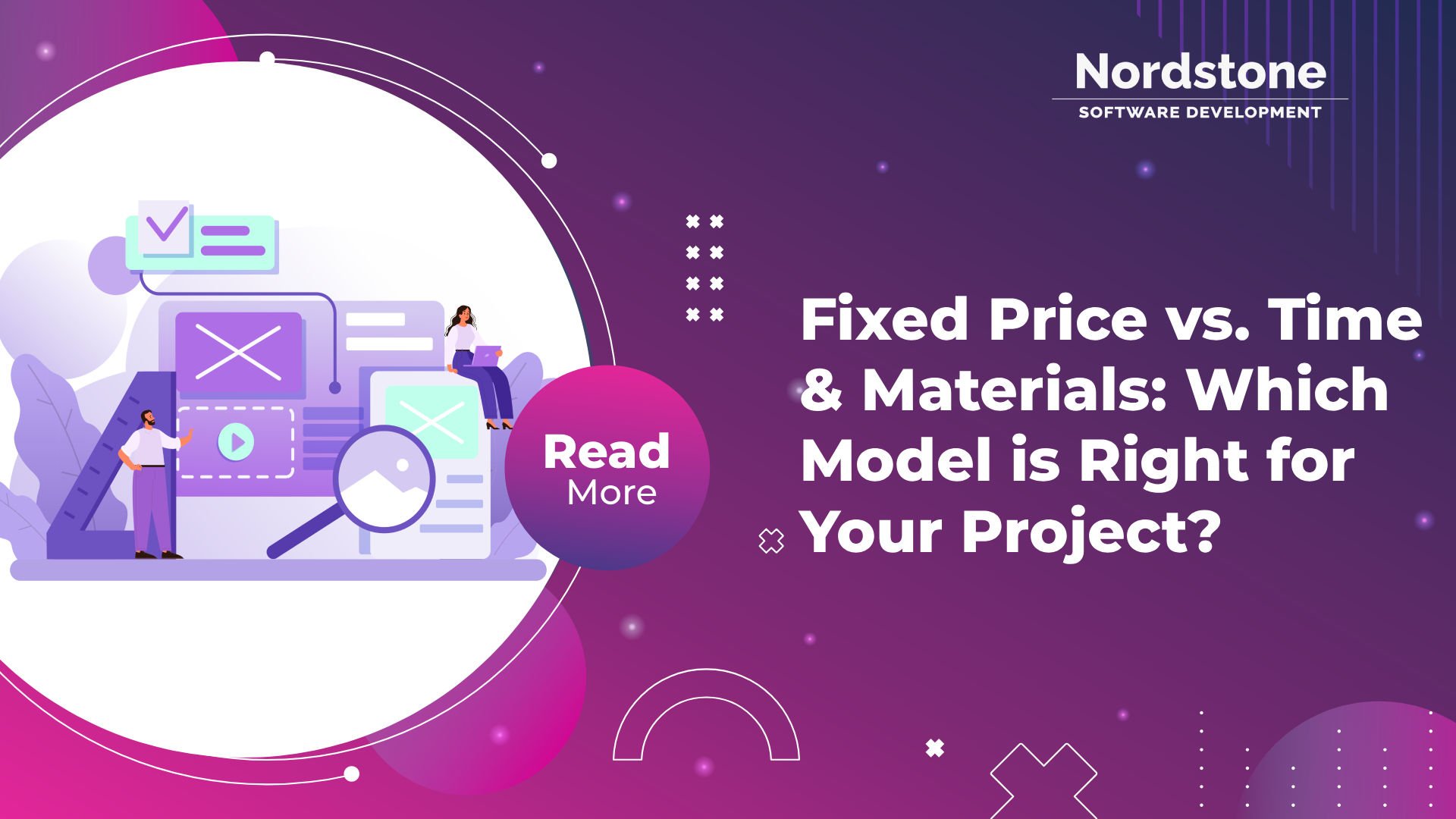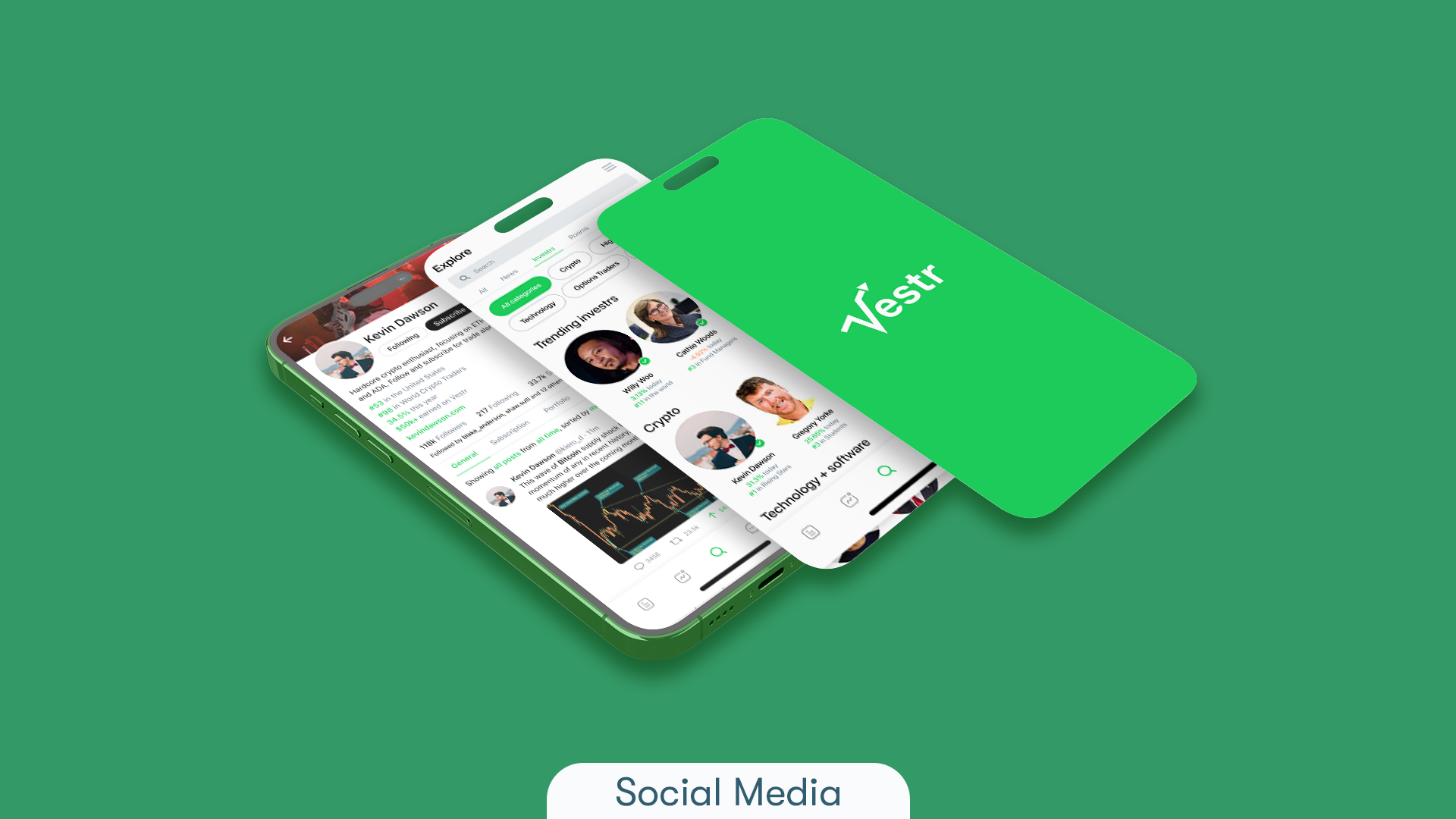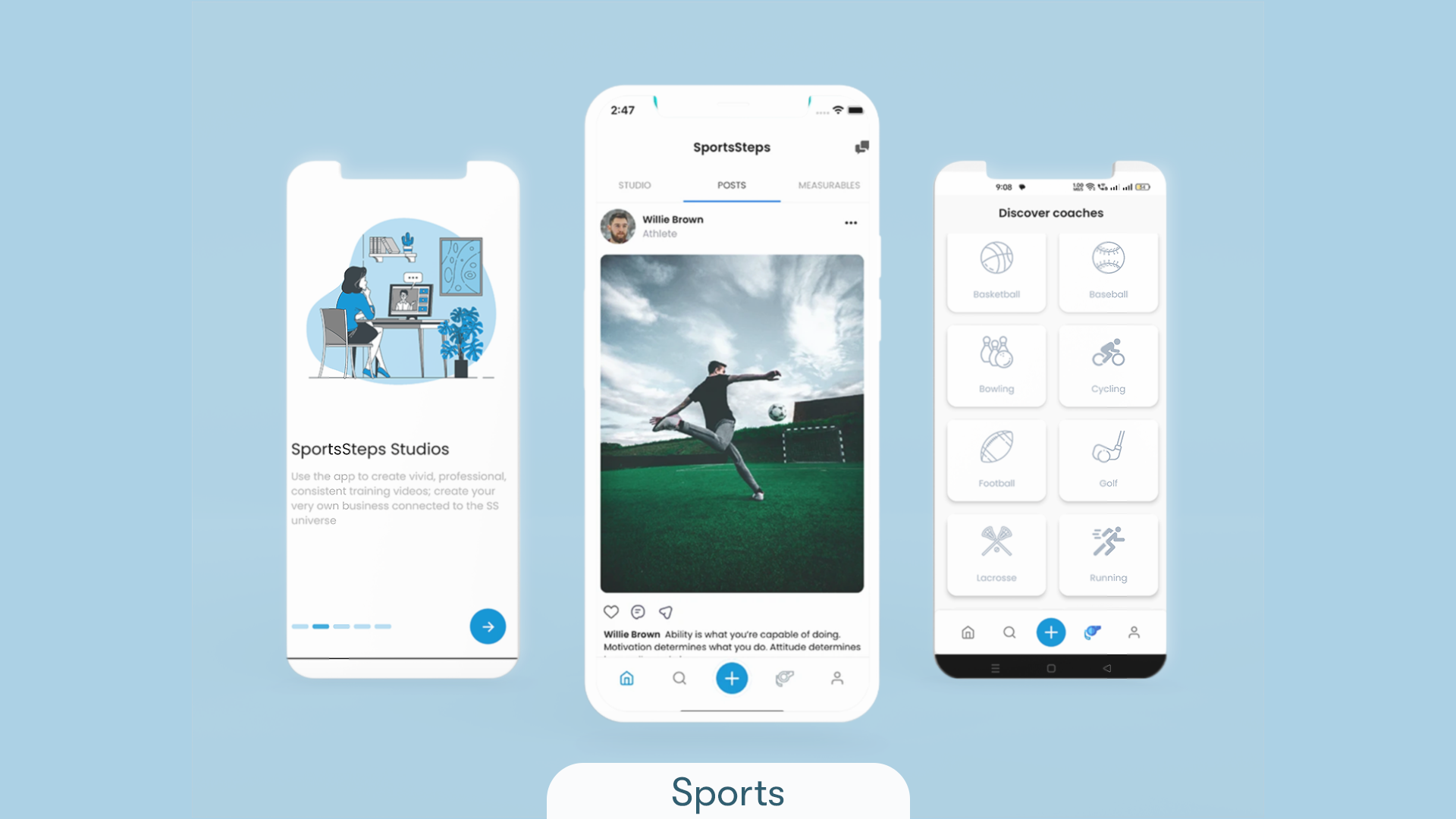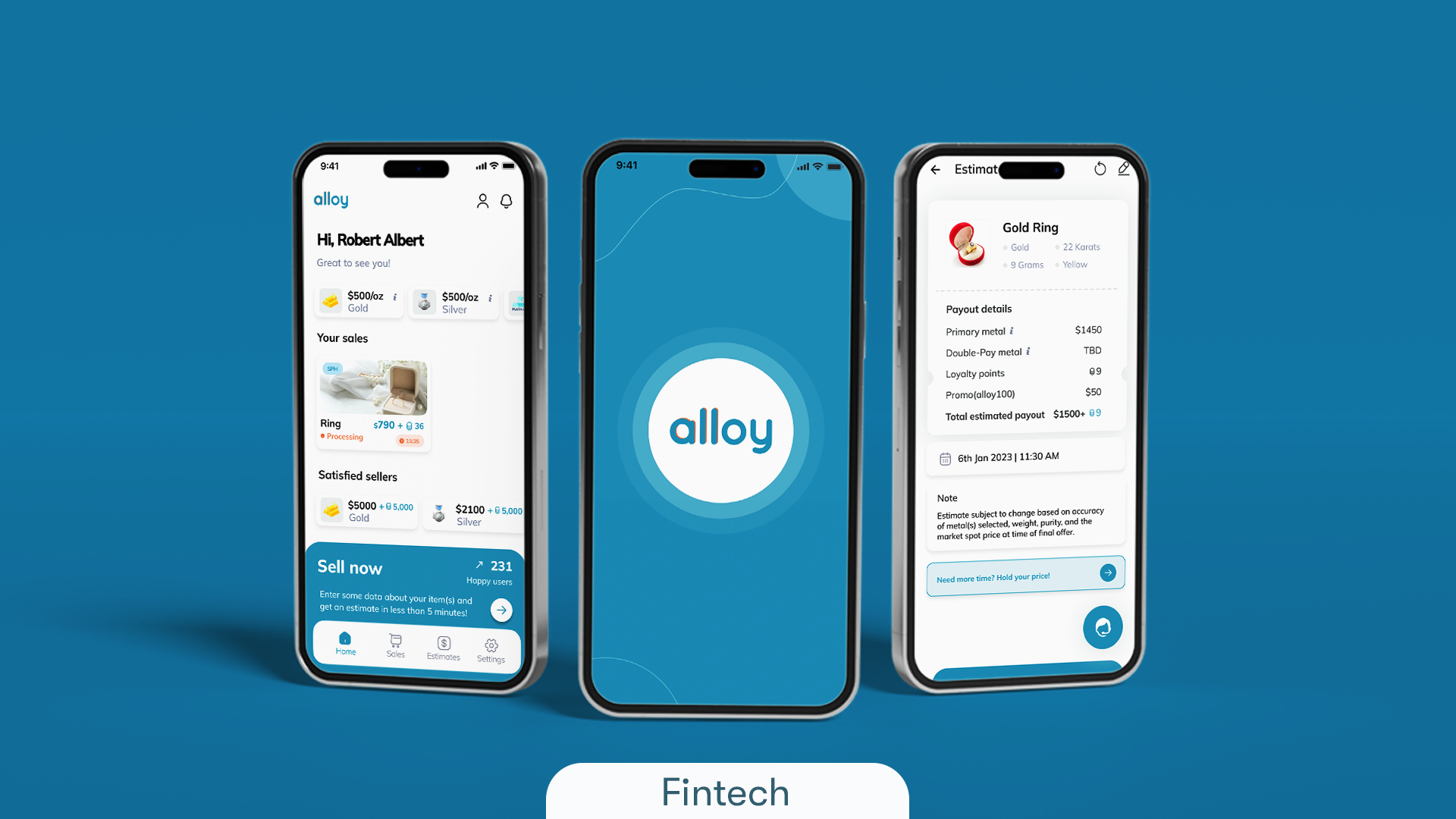August 6th, 2025 at 12:59 pm
You have a game-changing app idea, you’ve identified a development partner you’re excited to work with, and now you’ve hit the first major crossroad: how do you structure the contract? This decision often boils down to a classic industry debate: fixed price vs time and material.
Choosing the right project budget model is one of the most critical decisions you’ll make. It affects your budget, your timeline, your relationship with your development team, and ultimately, the quality of the final product. When it comes to software development contract types, these two are the dominant players, each with passionate advocates.
So, let’s break down what each model entails, weigh their pros and cons, and help you decide which one is the right fit for your vision.
What is a Fixed Price Contract?
A Fixed Price contract is exactly what it sounds like. The development agency agrees to deliver a specific set of features for a single, pre-agreed-upon price.
Think of it like ordering a pre-designed kit home. You get a detailed blueprint showing every room, every window, and every light switch. The builder gives you one price to build that exact house. The scope is locked in, and so is the budget.
For this to work in software, the project scope must be documented in exhaustive detail before any development begins. Every screen, button, and user flow has to be defined and approved. If you want to change anything—even something small—it requires a formal “change request,” which typically comes with extra costs and timeline extensions.
Best for: Small, simple, and utterly predictable projects. For example, a basic marketing website with five pages, a simple “proof of concept” prototype with no backend, or converting a finished design into a simple web page.
Understanding Time & Materials (T&M)
A Time & Materials (T&M) contract is a more flexible and collaborative model. Instead of paying a single price for the whole project, you pay for the actual time developers spend working on your project, plus the cost of any “materials” like third-party software licenses or server costs. You are typically billed at an agreed-upon hourly, daily, or weekly rate.
If Fixed Price is the kit home, T&M is like hiring an architect and a master builder to design and construct your dream home with you, room by room. You have a general vision and a budget, but you can make decisions as you go—extending the kitchen, adding a window to capture the morning sun, or changing the flooring based on new samples.
This model is the natural companion to modern development practices. It is the default agile development pricing model because it embraces flexibility. You work in “sprints” (usually 2-week cycles), prioritize features, review progress, and can pivot based on market feedback. The entire process is transparent, with regular progress reports and timesheets.
Best for: Almost all modern software development, especially complex applications, innovative products, and Minimum Viable Products (MVPs) where learning and adaptation are key.
Pros and Cons for Founders
Let’s put ourselves in your shoes. You have a budget to protect and a vision to build. Here’s how the two models stack up from a founder’s perspective.
Fixed Price Model
- Pros:
- Budget Predictability: You know the exact cost upfront. This feels safe and is easy to present in a budget proposal.
- Minimal Management: In theory, once the scope is defined, you can be less involved in the day-to-day decisions.
- Clear Deliverables: The requirements are clearly defined from the start.
- Cons:
- Inflexibility: This is the biggest drawback. The moment you learn something new and want to adapt, the contract works against you. The modern market demands agility, and Fixed Price is inherently rigid.
- Risk of Lower Quality: If the agency underestimates the work, they might be forced to cut corners on testing or code quality to protect their profit margin.
- Padded Budgets: No agency can predict the future. To protect themselves from unforeseen challenges, they will add a significant buffer (often 25-50%) to any Fixed Price quote. You end up paying for risks that may never materialize.
- Lengthy Upfront Planning: It can take weeks or even months to document a project in enough detail for a Fixed Price contract, delaying the actual start of development.
Time & Materials Model
- Pros:
- Maximum Flexibility: You can change priorities, add features, or remove ideas based on real user feedback. This is crucial for building a product people actually want.
- Higher Product Quality: The focus is on creating the best possible product and delivering value, not just fulfilling a rigid list of features. The team is your partner, not your vendor.
- Faster Start: You can begin development much more quickly, as you don’t need a perfect, all-encompassing specification document.
- Transparency: You pay for the actual work done and have full visibility into where the time and money are going.
- Cons:
- Budget Uncertainty: This is the primary fear for founders. Without a fixed price, the final cost is not guaranteed. However, this can be managed with good project governance (more on that below).
- Requires More Involvement: Because the model is collaborative, it requires you to be actively involved in prioritizing features and providing feedback.
Which Model Do Investors Prefer?
Early-stage investors are in the business of managing risk. While a Fixed Price contract might seem “safer” on the surface, experienced tech investors often see it as a red flag. Why?
Because a Fixed Price contract assumes you know everything about the product your customers want before you’ve even started. This is contrary to the entire lean startup philosophy. Investors know that the biggest risk isn’t going over budget; it’s building the wrong product.
They prefer the T&M model because it demonstrates that you are focused on agility, learning, and achieving product-market fit. It allows you to use their capital efficiently, building and testing core features, gathering data, and pivoting as needed. A T&M contract paired with an agile methodology shows you are prepared to build a business, not just a static piece of software.
Making the Right Choice for Your MVP
When building a Minimum Viable Product (MVP), your primary goal is not just to build; it’s to learn. You are testing a hypothesis. You need to get a core version of your product into the hands of real users as quickly as possible and use their feedback to guide your next steps.
For this reason, Time & Materials is almost always the superior choice for an MVP. The rigidity of a Fixed Price contract directly conflicts with the core purpose of an MVP, which is to adapt and evolve.
To mitigate the budget risk of T&M, you can implement strong controls:
- Set a Budget Cap: Work with your agency to establish a budget range or a “do not exceed” cap for the initial MVP.
- Work in Sprints: Use 2-week sprints with clear goals. At the end of each sprint, you get a working piece of software and can decide what to build next.
- Maintain Control: You control the backlog of features. If the budget is getting tight, you can choose to build smaller, less expensive features in the next sprint. This gives you direct control over the spending rate.
The debate of fixed price vs time and material is about choosing between perceived safety and strategic flexibility. While the predictability of a Fixed Price contract is tempting, it often comes at the cost of innovation and quality. For founders looking to build a successful, market-driven product, embracing the transparency, collaboration, and adaptability of the Time & Materials model is the smartest path forward.
Choosing the right model is a critical step, and having the right partner to guide you makes all the difference. If you’re ready to discuss your project and find the perfect pricing model for your vision, contact us today to start the conversation.












